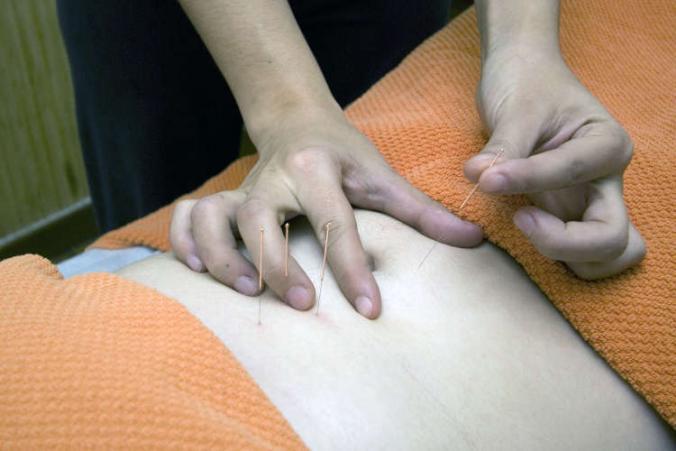When you have an open and active L&I claim, it is imperative that you remain claim compliant. Injured workers who become non-compliant or non-cooperative, are likely to have their benefits suspended.
Non-cooperative injured worker behavior according to L&I
Behavior that L&I considers to be non-cooperative includes:
1) Failing to attend or not cooperating with medical examinations or vocational evaluations. These appointments are requested by the Department of Labor and Industries or self-insured employer;
2) Failing to attend scheduled appointments or evaluations with attending providers or vocational counselors;
3) Engaging in unsanitary or harmful actions that could jeopardize or inhibit recovery;
4) Refusing to accept medical or surgical treatment that is considered reasonably essential for recovery;
5) Refusing to transfer care to an attending provider within the Medical Provider Network; or
6) Failing to follow the accountability agreement in a vocational retraining plan.
If the Department or Self-Insured Employer believes that an injured worker is engaging in non-cooperative behavior, they will typically attempt to correct the issue. They normally do so by contacting the injured worker (or their attorney) to discuss the behavior and potential consequences. Additionally, they will send an informal letter recapping the discussion. If the non-cooperative behavior continues, a formal non-cooperation letter is sent to the injured worker (or their representative). The letter will outline the behavior believed to be non-cooperative. The letter will also request an explanation form the injured worker for the behavior. This letter must contain notice that benefits may be suspended under RCW 51.32.110. Under WAC 296-14-410, the injured worker has just 30 days to submit a response explaining the reasons for the behavior.
Claim closure and suspension of benefits
In some cases, injured workers fail to respond within 30 days. Alternatively, even if they respond, L&I may not believe the injured worker’s explanation. In either case, L&I may issue an order suspending the injured workers right to further benefits until cooperation resumes. If non-cooperation occurs during vocational retraining, the retraining plan must be salvageable despite the lack of cooperation. For retraining plans that lack additional time or funding, non-cooperation can result in plan failure. Plan failure due to the worker’s own actions usually results in swift claim closure.
The penalties for non-cooperation are very severe. Therefore, I always advise injured workers to remain cooperative and communicative throughout their claims. If benefits are suspended and the injured worker lacks good cause for the behavior deemed non-cooperative, it is difficult (if not impossible) to secure benefits while non-cooperation continues. However, in my experience, the analysis of whether good cause exists for non-cooperative behavior is very subjective. I do not always agree with the Department’s position regarding what constitutes good cause and what does not.


